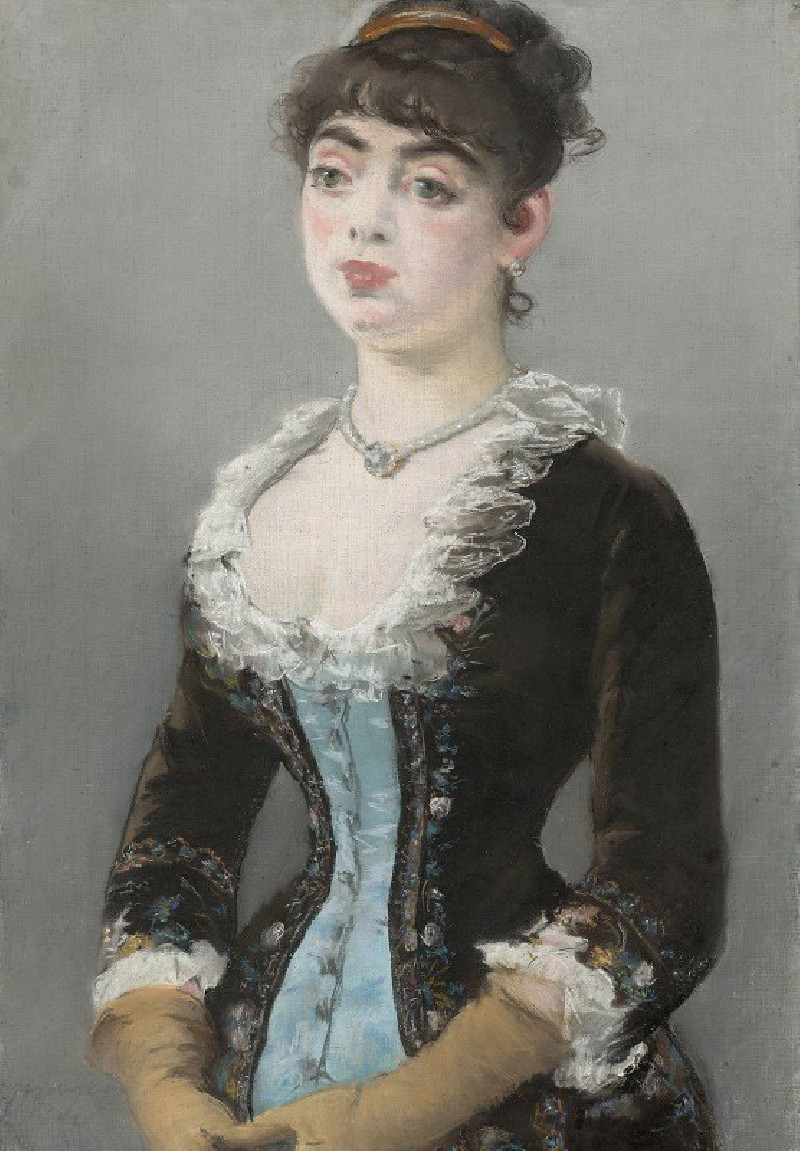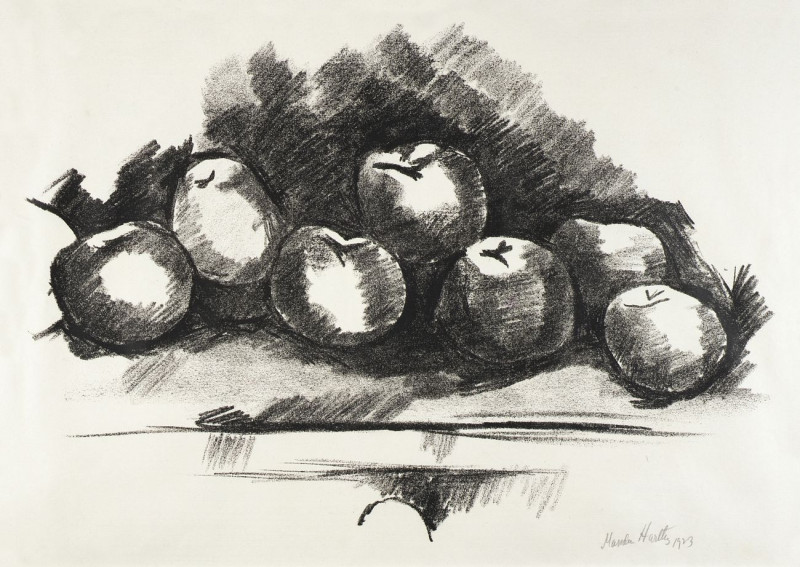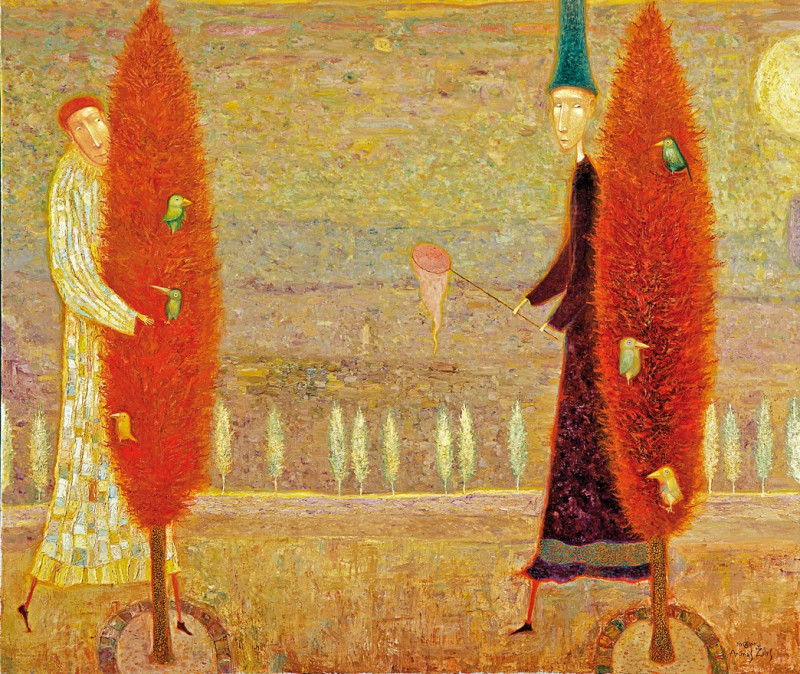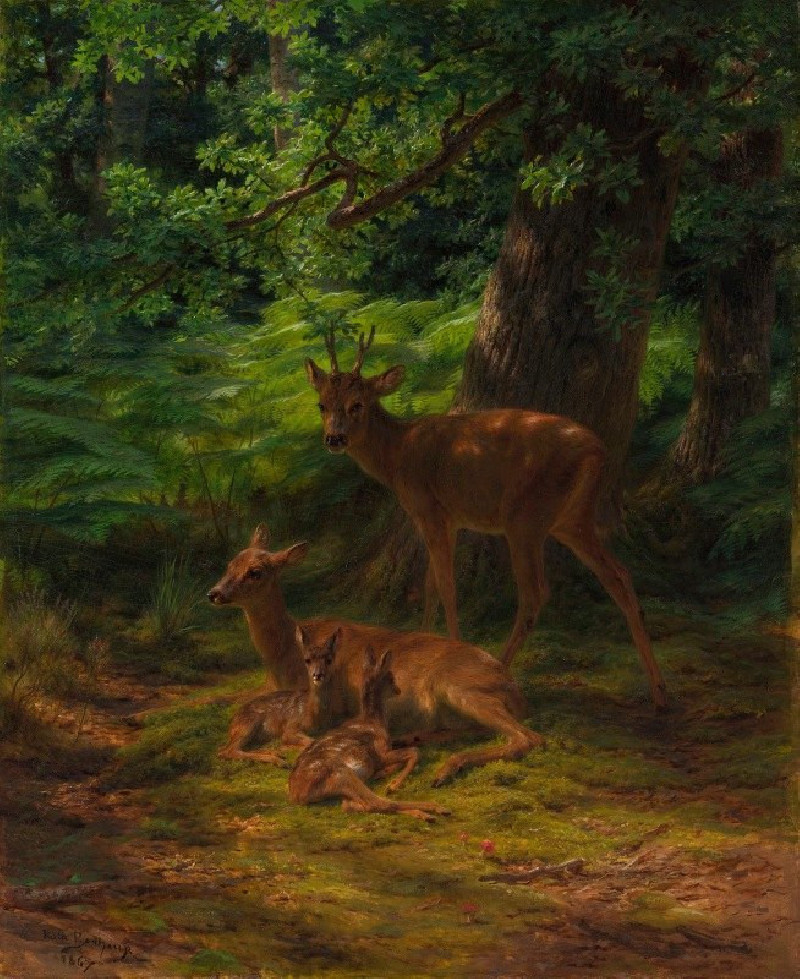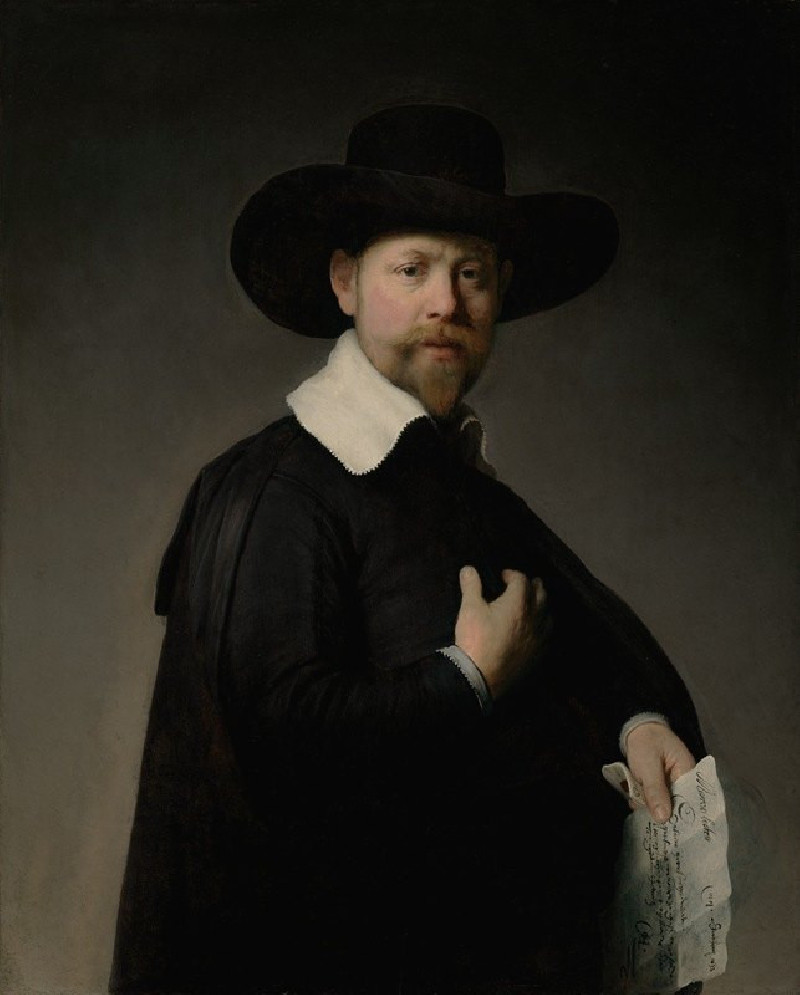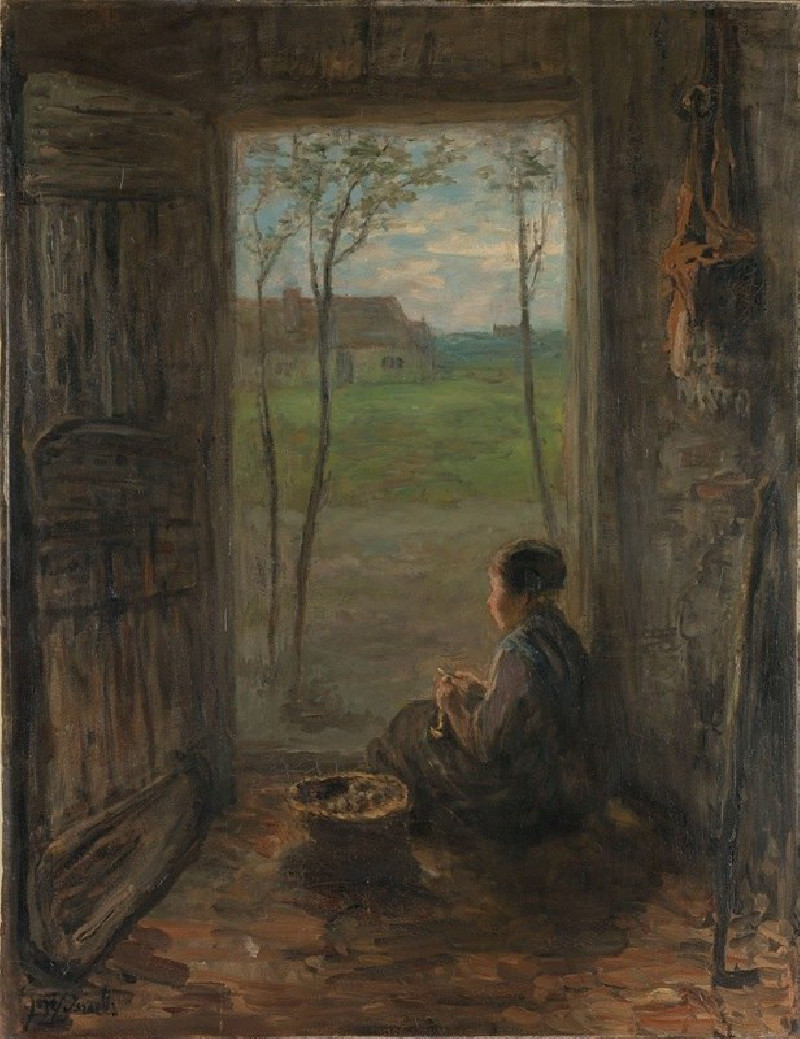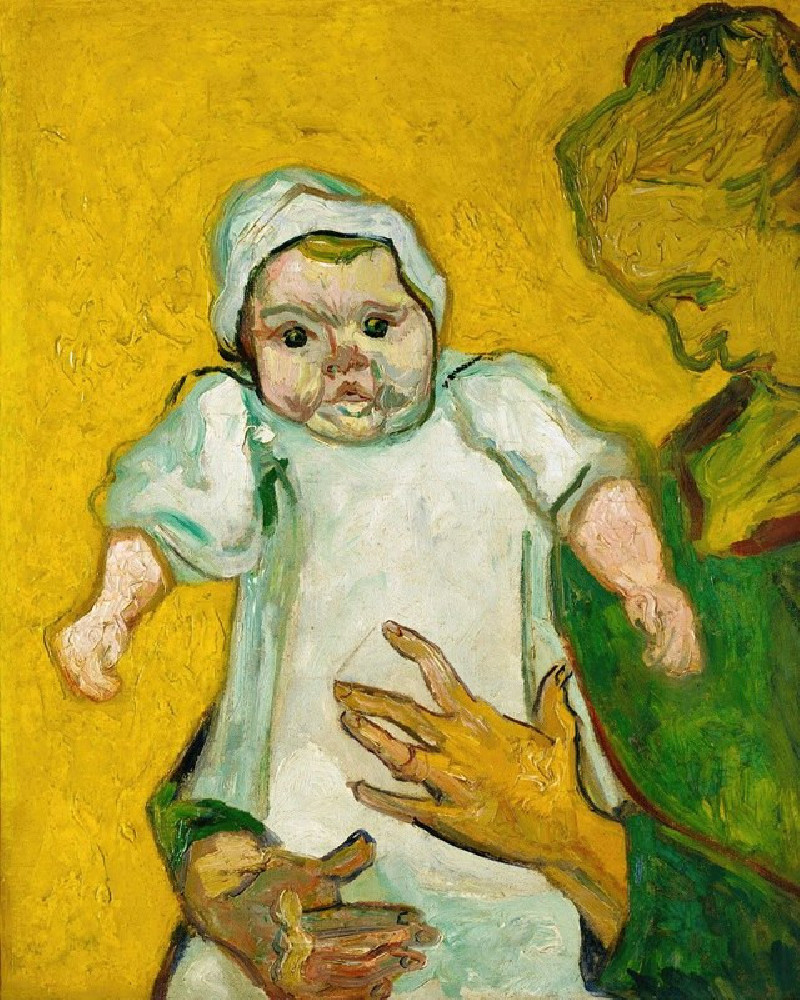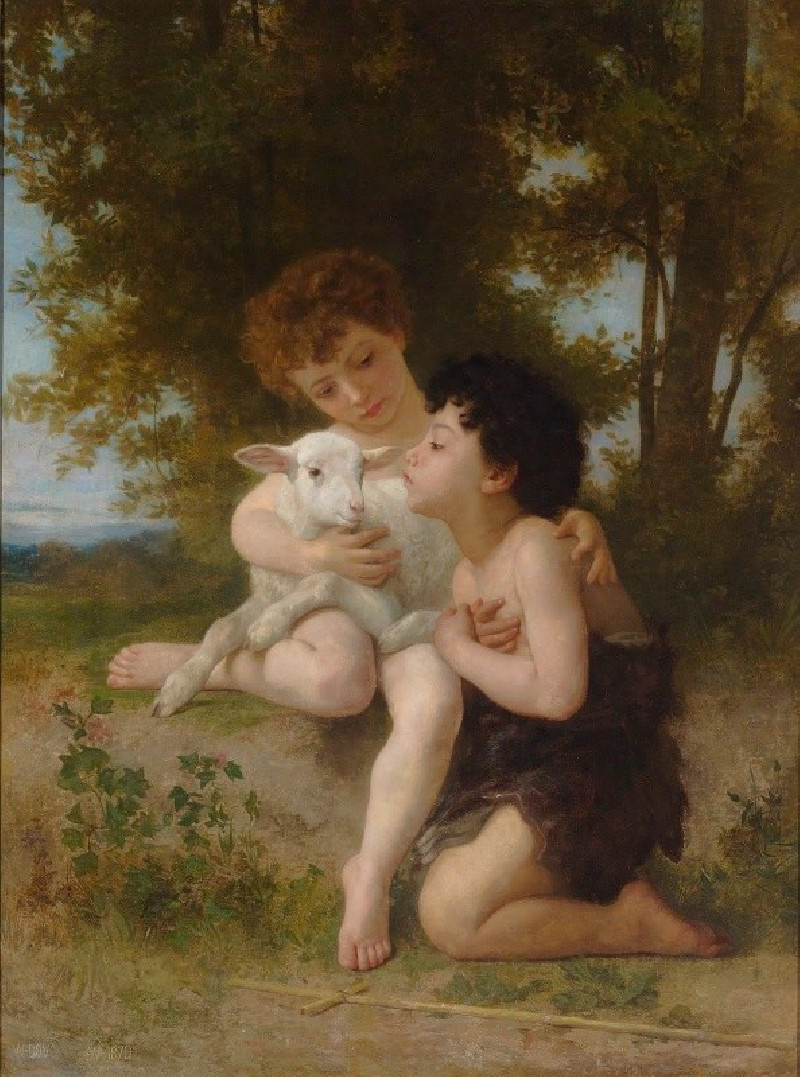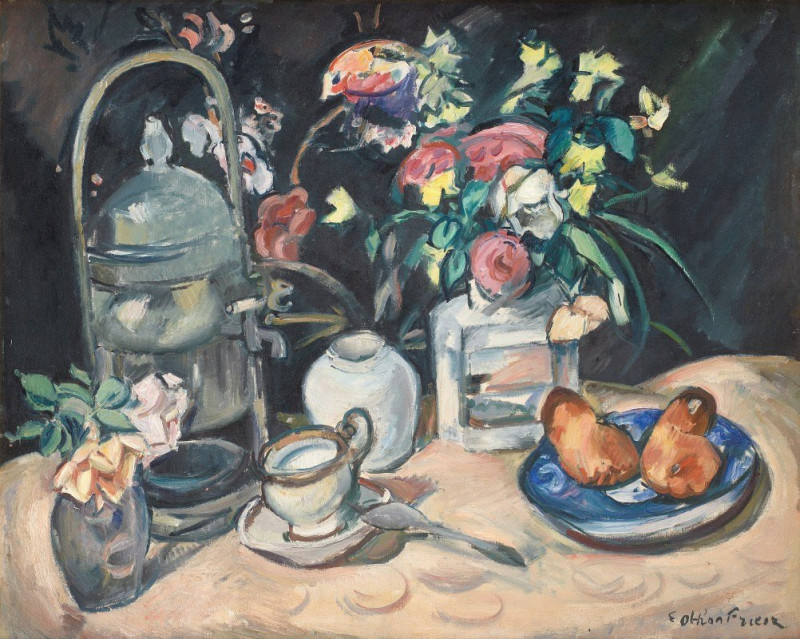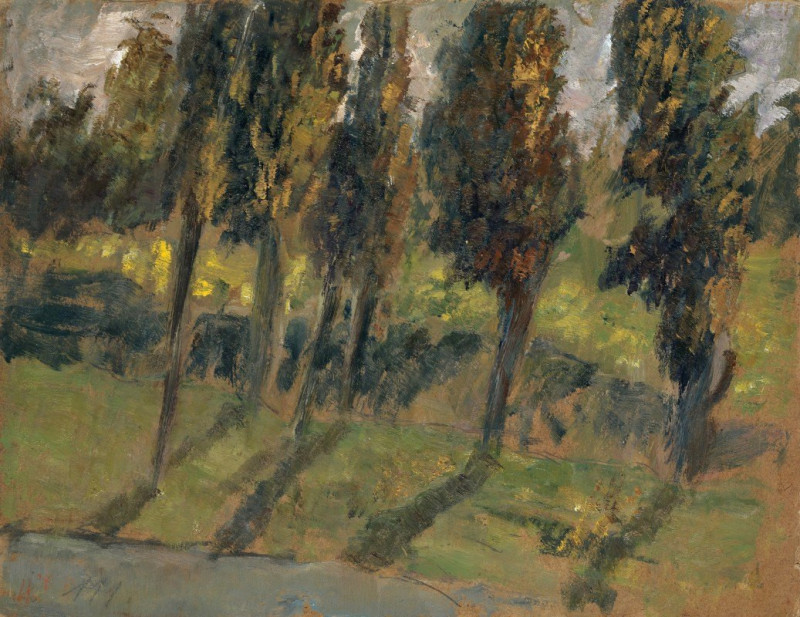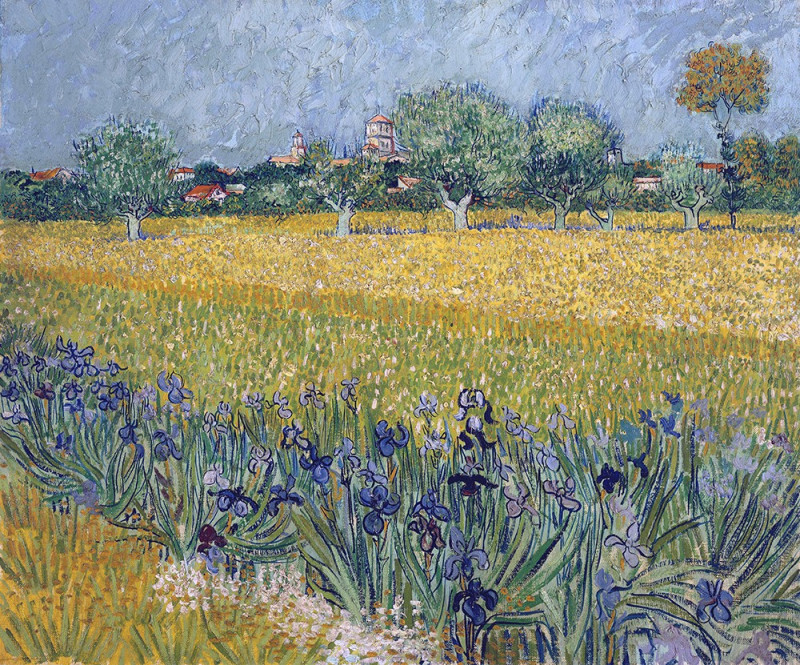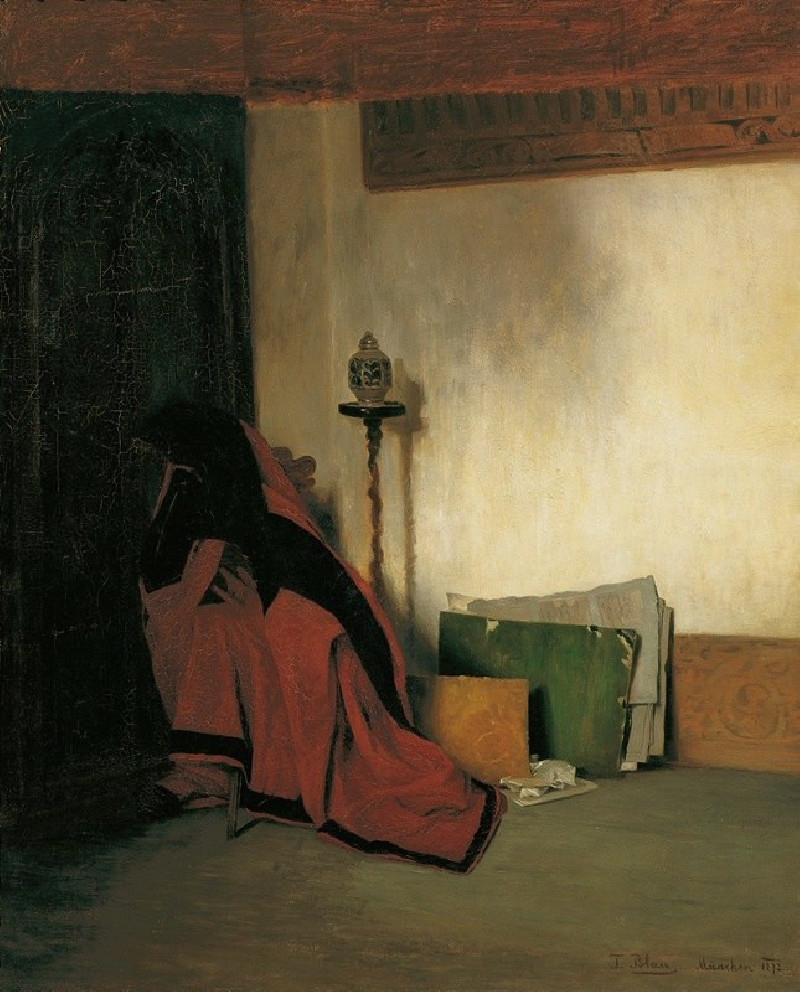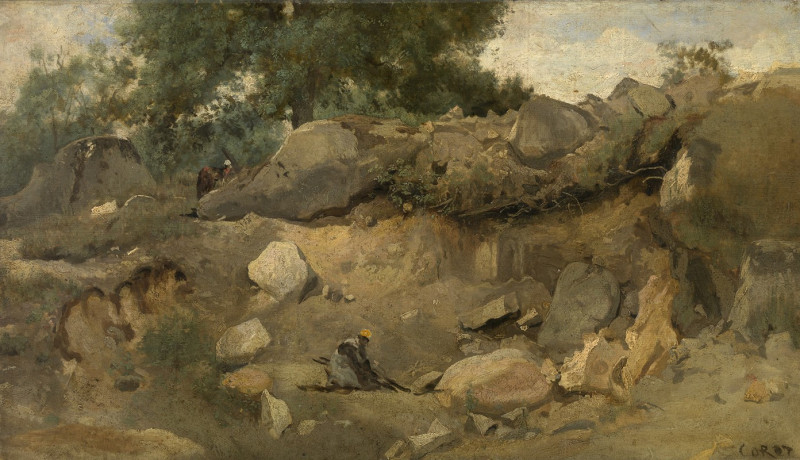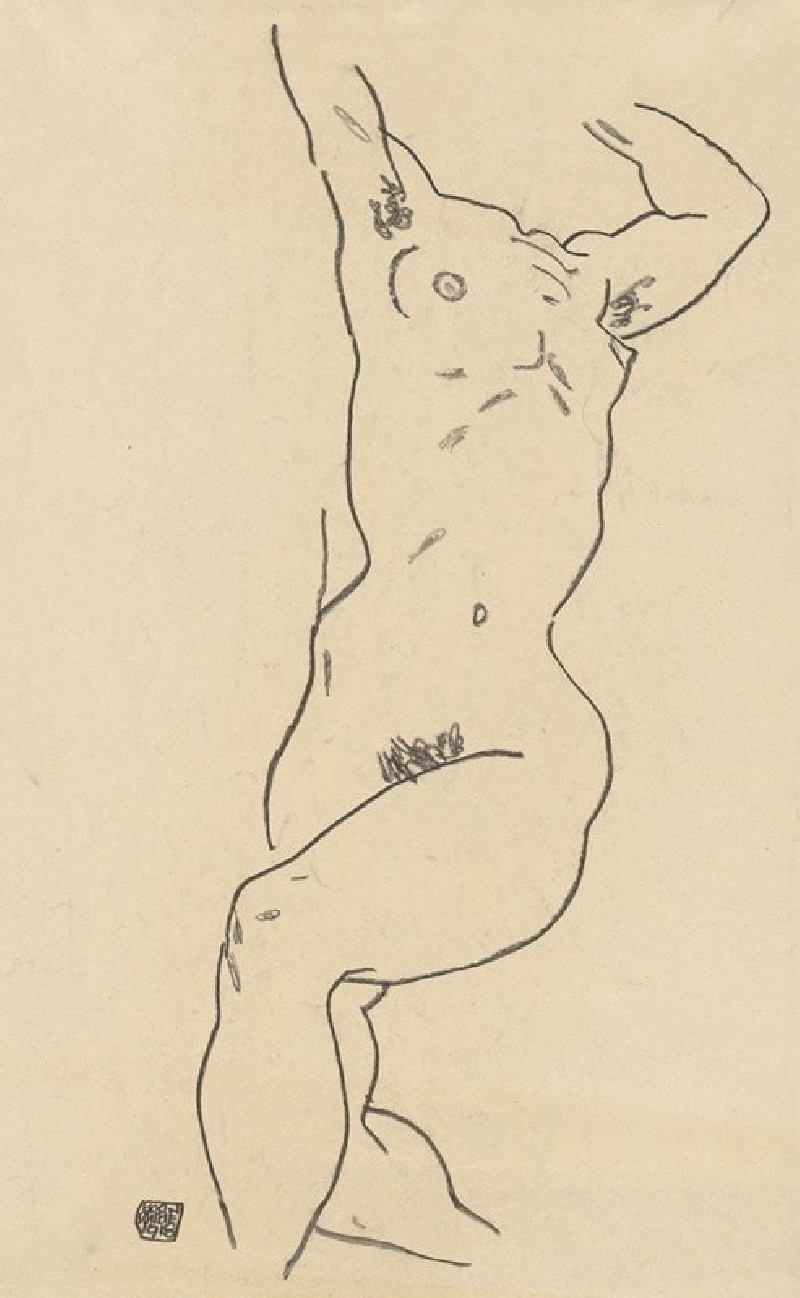Madame Michel-Lévy (1882)
Technique: Giclée quality print
Recommended by our customers
More about this artwork
This captivating painting by Edouard Manet, titled "Madame Michel-Lévy" from 1882, presents a poignant portrait of elegance and subtlety. The subject, Madame Michel-Lévy, is depicted with a poised and reserved demeanor, her gaze subtly engaging the viewer amidst a neutral yet softly luminous backdrop.Madame Michel-Lévy is adorned in a dark, richly textured gown, intricately detailed with shimmering embellishments and lace that emphasize her refined taste. The use of light and shadow in her attire highlights the luxurious fabrics and careful craftsmanship of her clothing. A light blue corset adds a hint of color to the composition, enhancing the overall sophistication of her attire.Her facial expression, with softly raised eyebrows and a light gaze, conveys a quiet introspection. This emotional depth, paired with the delicate handling of her features, showcases Manet's skill in capturing the complexity of human expressions. The inclusion of subtle jewelry, a modest necklace, and an elegantly simple hairpiece, complements her aristocratic presence."Madame Michel-Lévy" is a testament to Manet's mastery in portrait painting, reflecting not only the social and fashionable standards of his time but also the individual character and dignity of his subject. This piece stands as a profound example of the intersection between personal identity and cultural expression during the late 19th century.
Delivery
Returns
Édouard Manet (1832–1883) was a French modernist painter and one of the first 19th century artists to paint modern life. His impressionist style is characterized by relatively small and thin brushstrokes that create emphasis on light depiction. Manet was one of the key artists in the transition from realism to impressionism, along with Claude Monet, Edgar Degas, and Pierre-Auguste Renoir. However, he resisted involvement in any one specific style of painting, and only presented his work to the Salon of Paris instead of impressionist exhibitions. His early masterworks, The Luncheon on the Grass and Olympia, created great controversy and served as a rallying point for other young painters.

